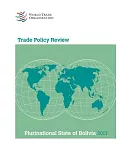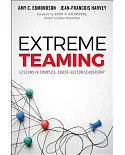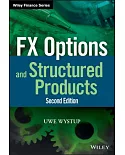Based on the recent subprime crisis, the authors analyze the mechanisms of a financial market crisis. In order to highlight the basic transmission mechanisms and drivers of a financial market
crisis they discuss the relevant players & strategies, explain the principles of the financial instruments that were involved in the crisis and analyze how bubbles emerge, how they burst
and what the economic impact might be.
The authors address the following key questions:
* Why do financial markets run into crises over and over again?
* Where do risks for financial crises come from?
* Who are the players in the game?
* Which instruments and strategies can drive a crisis?
* What are the transmission mechanisms onto other markets and the real economy?
* When is it all finally over?
* How to best weather the storm?
Hence, in the prologue the authors highlight the basic framework for a financial crisis based on the subprime crisis. Here, they will also introduce the important topics and drivers of the
crisis, i.e. the relevant players (banks, investment banks, hedge funds, real money investors, regulators and rating agencies), the involved instruments (ABS/RMBS, CDOs, SIV, leveraged loans,
Leveraged Super Senior tranches, etc.), the strategies which caused the crisis or were affected by the meltdown (leveraged exposure to highly correlated risks), and risks that were
underestimated (investors ignored the market risk that was involved with the leveraged bets). In the subsequent chapter -- which is split into three parts -- they will explain these important
topics in more detail and highlight the infection and transmission mechanisms. As an example, they introduce the business and investment concepts of investment banks and hedge funds and how
they were involved in the crisis. Moreover, they explain how structured credit products (such as ABS, CDOs and SIVs) work and how they were used in order to implement leveraged bets in the
markets. Finally, they highlight how a financial crisis evolves and why certain financial institutions failed. In the epilogue, they conclude how markets manage a crisis and why the crisis may
also be healthy for the stability of financial markets.





















